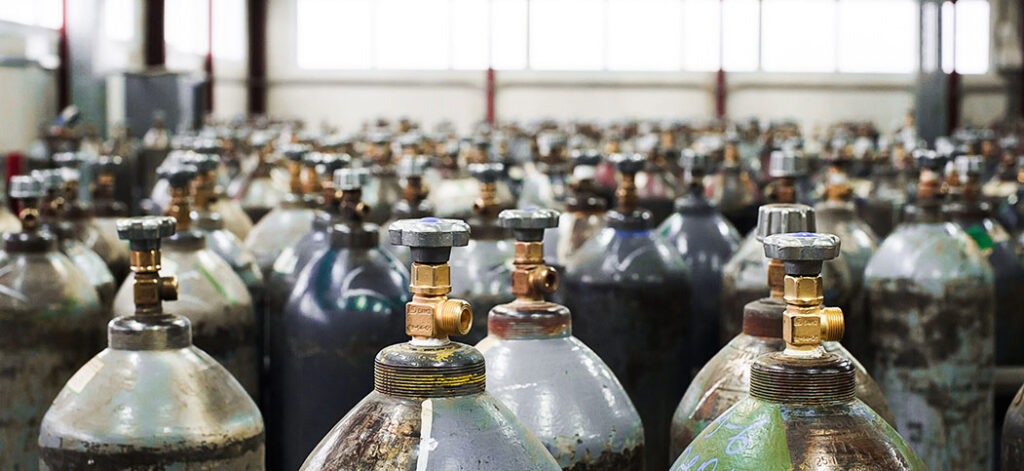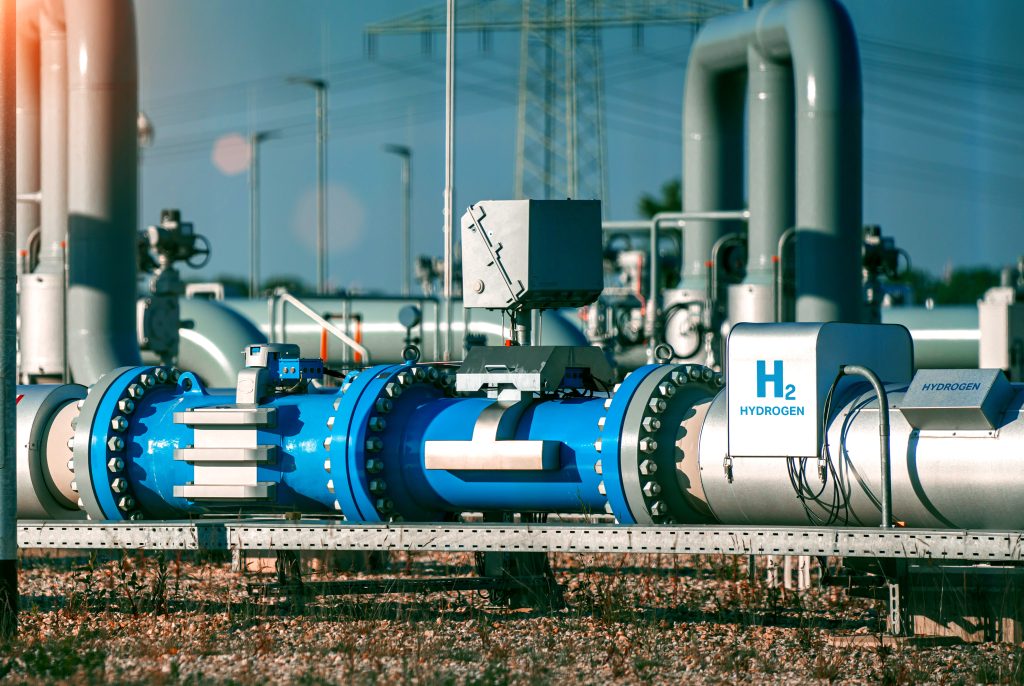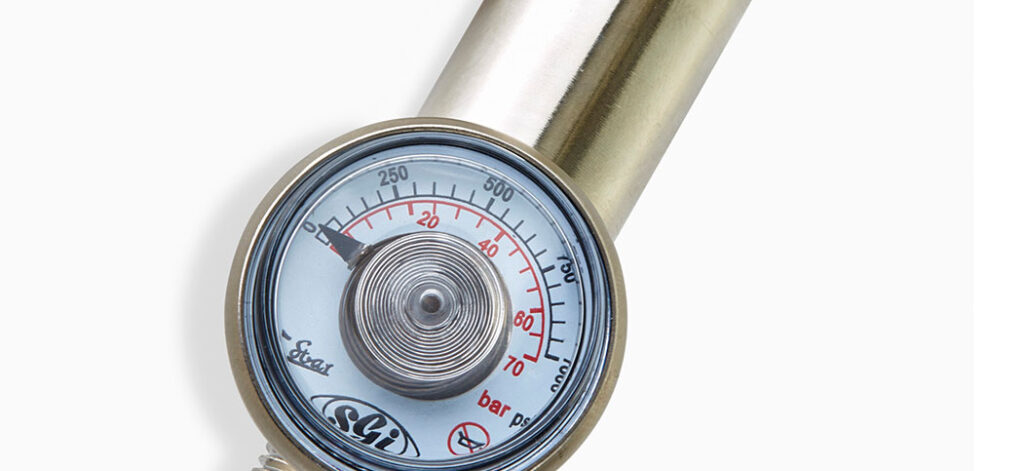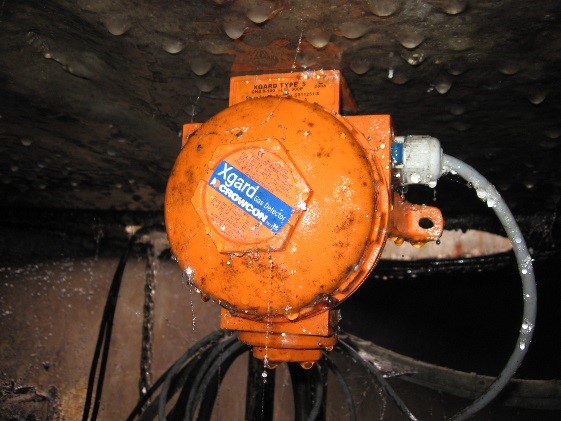Le nom de gaz vient du mot chaos, qui résume bien la principale caractéristique de l'état le plus simple de la matière.
Un gaz est un essaim de particules se déplaçant de manière aléatoire et chaotique, entrant constamment en collision les unes avec les autres et avec les parois de n'importe quel récipient. Le volume réel des particules est infime par rapport à l'espace total qu'elles occupent, et c'est pourquoi les gaz remplissent tout volume disponible et sont facilement comprimés. La vitesse moyenne des molécules de gaz est de l'ordre de plusieurs centaines de mètres par seconde et elles entrent en collision les unes avec les autres des milliards de fois par seconde. C'est pourquoi les gaz se mélangent rapidement et exercent une pression.
Ce mouvement constant est facilement démontré en libérant une petite quantité de gaz odorant dans une pièce. En quelques secondes, le gaz peut être senti dans toutes les parties de la pièce. Ces propriétés s'appliquent aux liquides évaporés.
Un volume de gaz à la même température et à la même pression contient le même nombre de molécules, quelle que soit la nature du gaz. Cela signifie que la mesure des gaz par volume est très pratique. Les mesures de gaz à des concentrations élevées sont exprimées en % (volume) et à des concentrations faibles en parties par million, ppm (volume).
Bien que les différents gaz aient des densités différentes, ils ne se séparent pas totalement en couches en fonction de leur densité. Les gaz lourds ont tendance à couler et les gaz légers à monter, mais leur mouvement constant signifie qu'il y a un mélange continu (c'est-à-dire qu'ils ne se rassemblent pas et ne repoussent pas d'autres types de gaz comme le font souvent les liquides).
Ainsi, dans une pièce où il y a une fuite de gaz naturel (méthane), le gaz aura tendance à monter parce qu'il est plus léger que l'air, mais le mouvement constant signifie qu'il y aura une concentration considérable au niveau du sol. Cela se produit dans des conditions parfaitement stables, mais s'il y a des courants d'air, le mélange sera plus important.
L'air est un mélange de gaz, typiquement :
Azote 77,2 %
Oxygène 20,9 %
Vapeur d'eau 0,9 % (en fonction de la température)
Argon 0,9 %
Dioxyde de carbone 0,04 % et augmentant de 0,0002 % par an
Autres gaz 0,07 %.
Étant donné que sa composition est relativement constante, l'air ayant la composition indiquée ci-dessus est généralement considéré comme un mélange de gaz de référence. Nous mesurons les écarts par rapport à ce mélange, ce qui simplifie la mesure des gaz toxiques et inflammables pour les applications de sécurité et de santé.
APERÇU DE L'INDUSTRIE
Abonnez-vous pour recevoir les dernières informations
dans votre boîte de réception.
En savoir plus sur la politique de Crowcon en matière de la vie privée et de de Crowcon ici. Si vous changez d'avis, vous pouvez vous désinscrire à tout moment.






